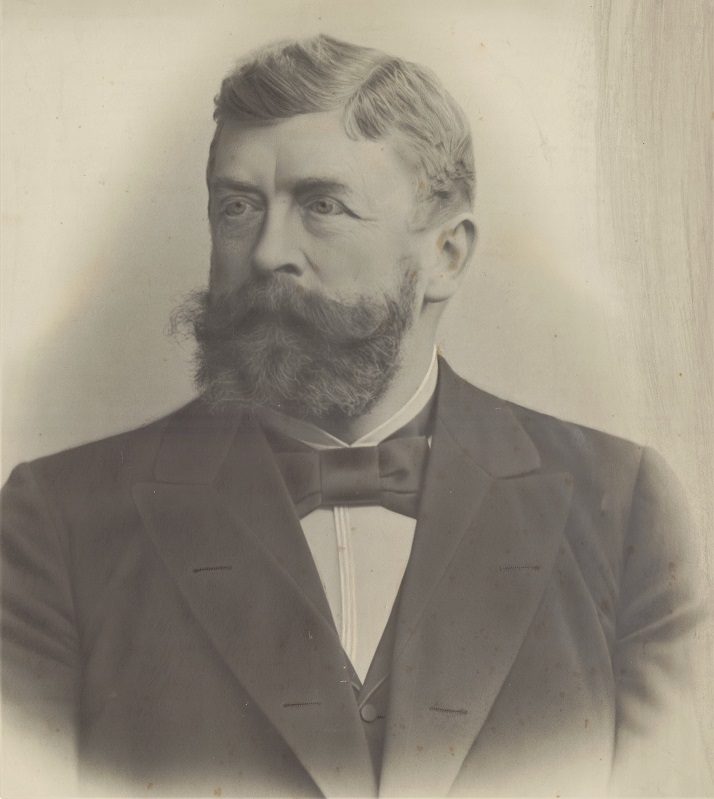
Friedrich Wilhelm Jüncke was the son of Friedrich Anton Johann Jüncke, a merchant born in Lübeck who owned the town hall winery (Rathskeller) in Gdańsk. He hosted, among others, King Frederick William IV of Prussia, Emperor Wilhelm I, and the German Emperor and King of Prussia, Frederick III. After Friedrich Anton’s death, the business was managed by his son Albert Theodor, and from 1867 also by Friedrich Wilhelm. Between 1891 and 1897, Friedrich Wilhelm Jüncke served as a Gdańsk city councilor, as well as the supervisor of the Church and Hospital of Corpus Christi in Gdańsk. He was an avid collector of numismatics, furniture, and works of art.
Between 1877 and 1903, Johann Heinrich Prochnow, commissioned by Jüncke and based on a design by Karl Hofacker, built a magnificent villa at Shefflerstrasse 1–3 (now Goyki 1–3), complete with a gardener’s house, an orangery, and a winery. Unfortunately, Friedrich Wilhelm Jüncke passed away in Berlin in 1894, not living to see the completion of the construction. After his death, his wife Amanda Hermine Agnes (née Claaszen) and grandson Hans Acker moved into the house.
In the post-war period, the villa housed a weekly daycare center (1945–1957). Later, it was divided into communal apartments, accommodating eight families. The last of these families moved out in 2013. The abandoned building inspired young artists, who began creating exhibitions and organizing concerts there. The Gnojki na Goyki collective actively engaged in reclaiming the villa space for art. Artists associated with the club-café Dwie Zmiany and their invited guests frequently appeared in the villa.
In 2012, Sopot hosted the first edition of ARTLOOP, a public-space art festival organized by the State Gallery of Art in collaboration with curators Emilia Orzechowska and Lena Dula. For the artists of the festival’s five editions, the city served as inspiration—both in its image as a summer resort and in its intimate, unconventional spaces. One such space was the Jüncke Villa.
Music journalist Piotr Metz organized his project Water Tower there for two years. In 2015, he invited visitors to a home museum, where they could see, among other things, album covers designed by Andy Warhol and a tower made of Campbell’s soup cans. The building hosted slideshows, film screenings, spontaneous events, and unique storytelling experiences. The staircase became a stage for acoustic performances by Wojtek Mazolewski, Lilli Hats Roses, and So Flow. In 2016, the villa transformed into the Beatles’ House, featuring a recreated White Room inspired by Yoko Ono and John Lennon.
When the festival’s history came to an end, its founder—then Deputy Mayor of Sopot, Joanna Cichocka-Gula—proposed transforming it into a cultural institution that would uphold and develop the festival’s core ideas while also supporting the creative process and providing artists with comprehensive assistance.
In 2016, the City of Sopot secured EU funding for the renovation of Goyki 3. A plan for conservation and renovation work was drawn up, along with a vision for the institution’s future operations.
In 2019, Goyki 3 Art Incubator was officially established, and in 2021, after the renovation was completed, it moved into its new headquarters—a place with a remarkable history that continues to serve as its inspiration.